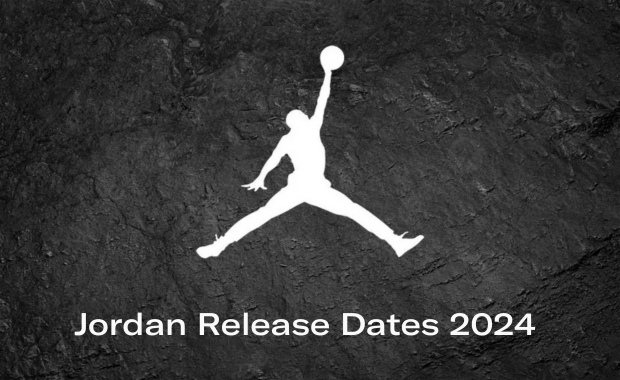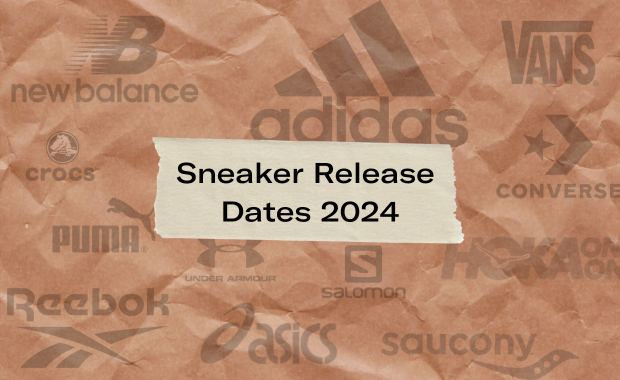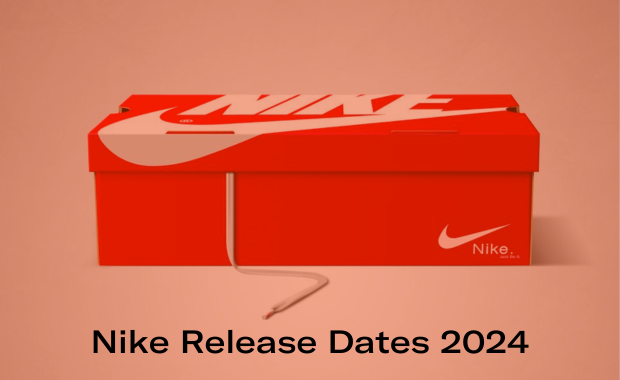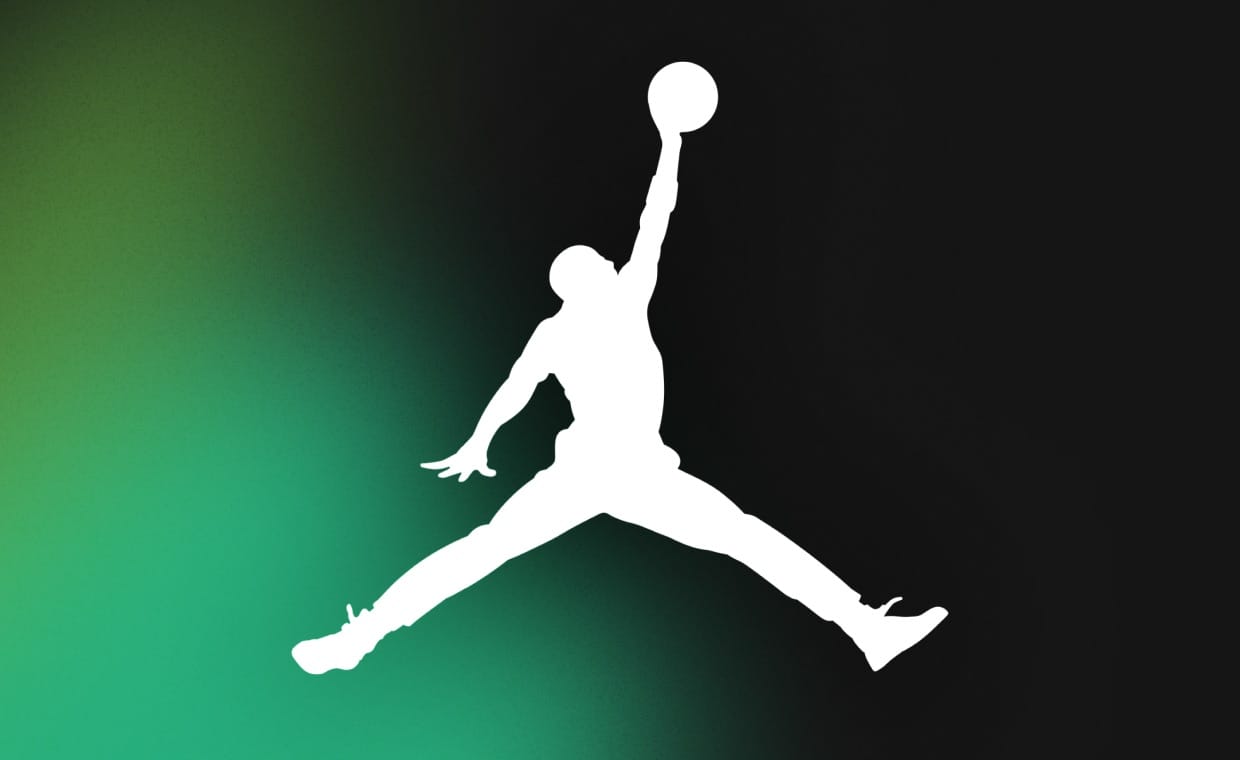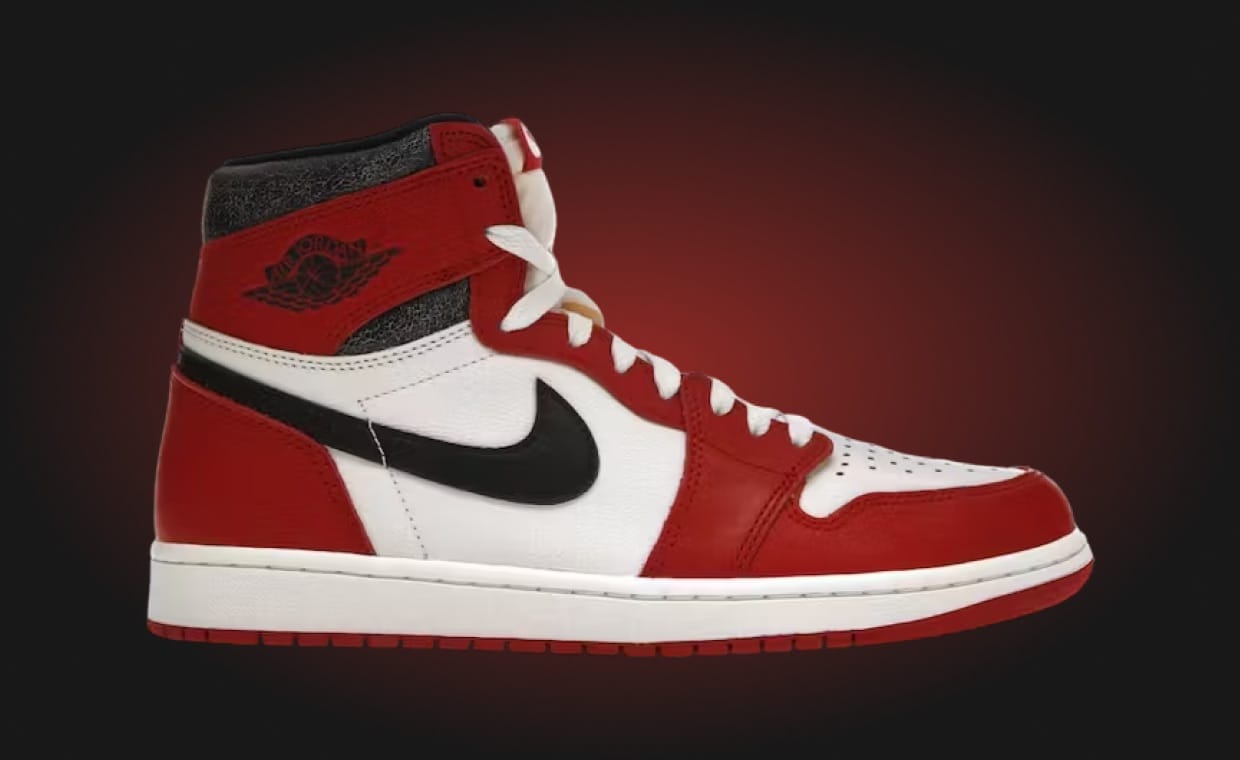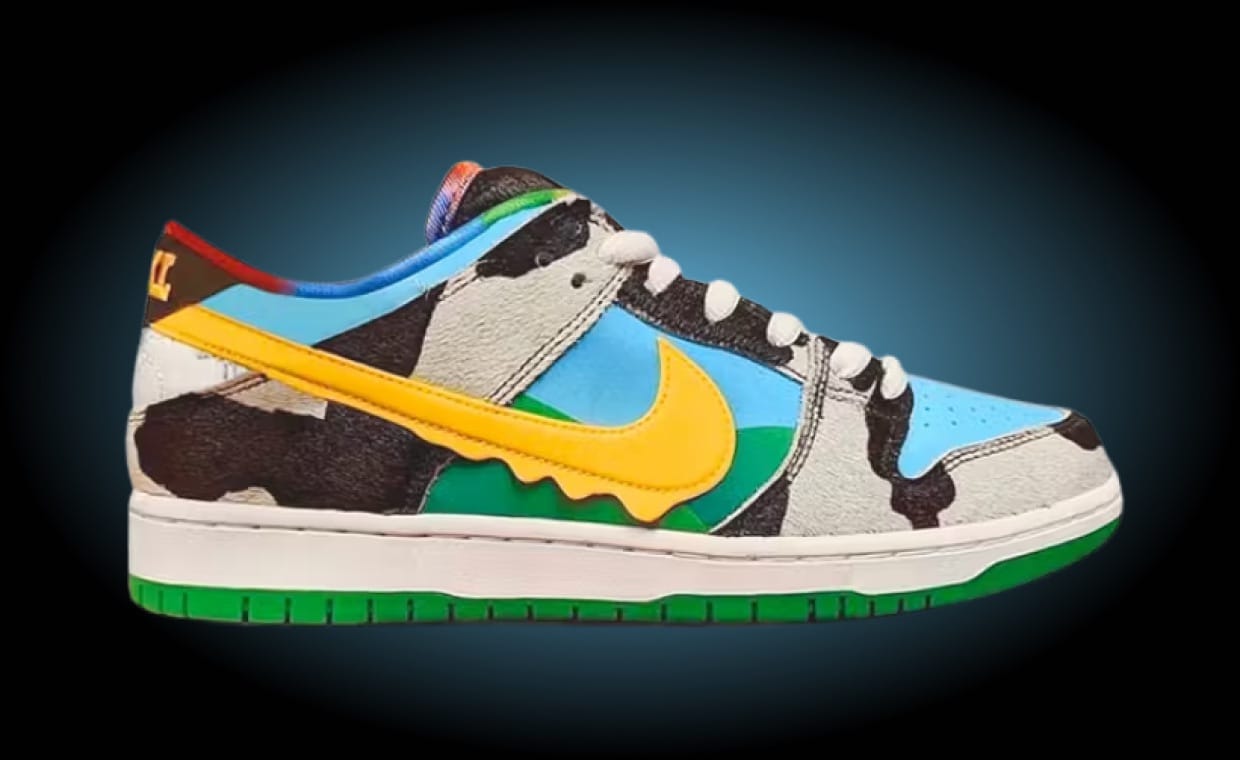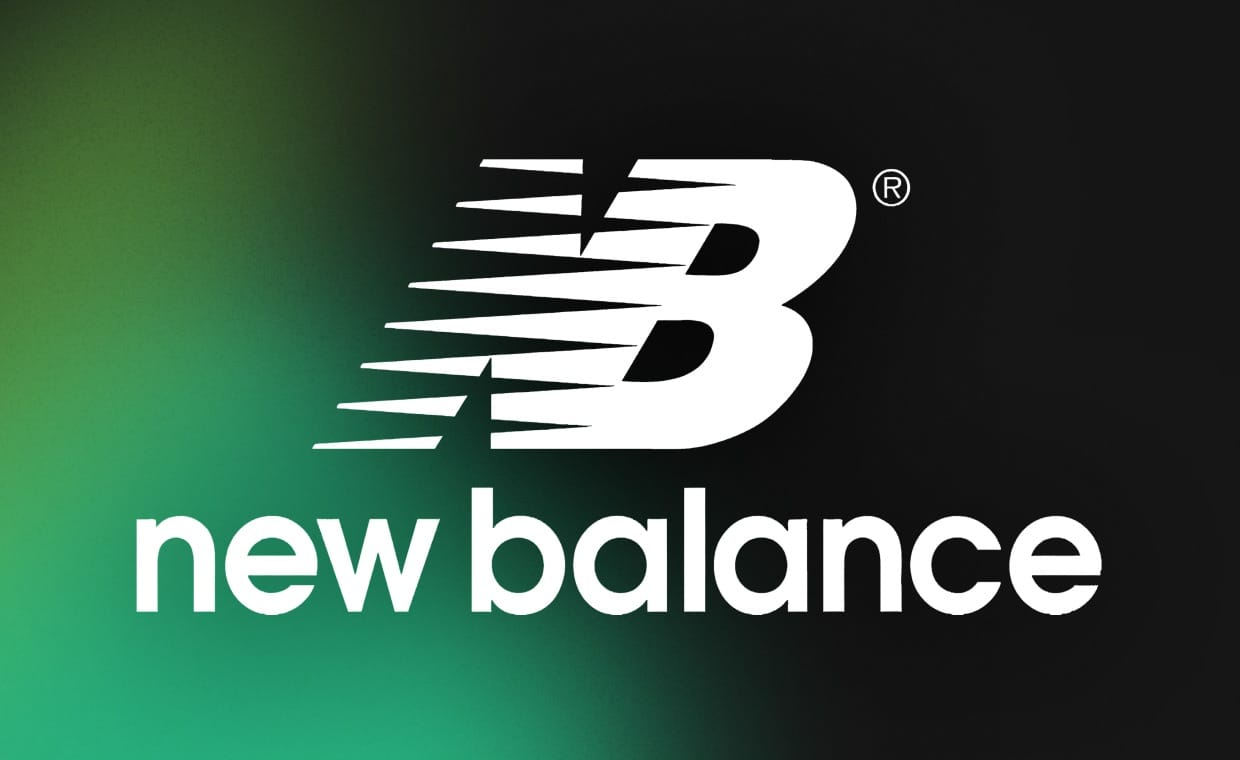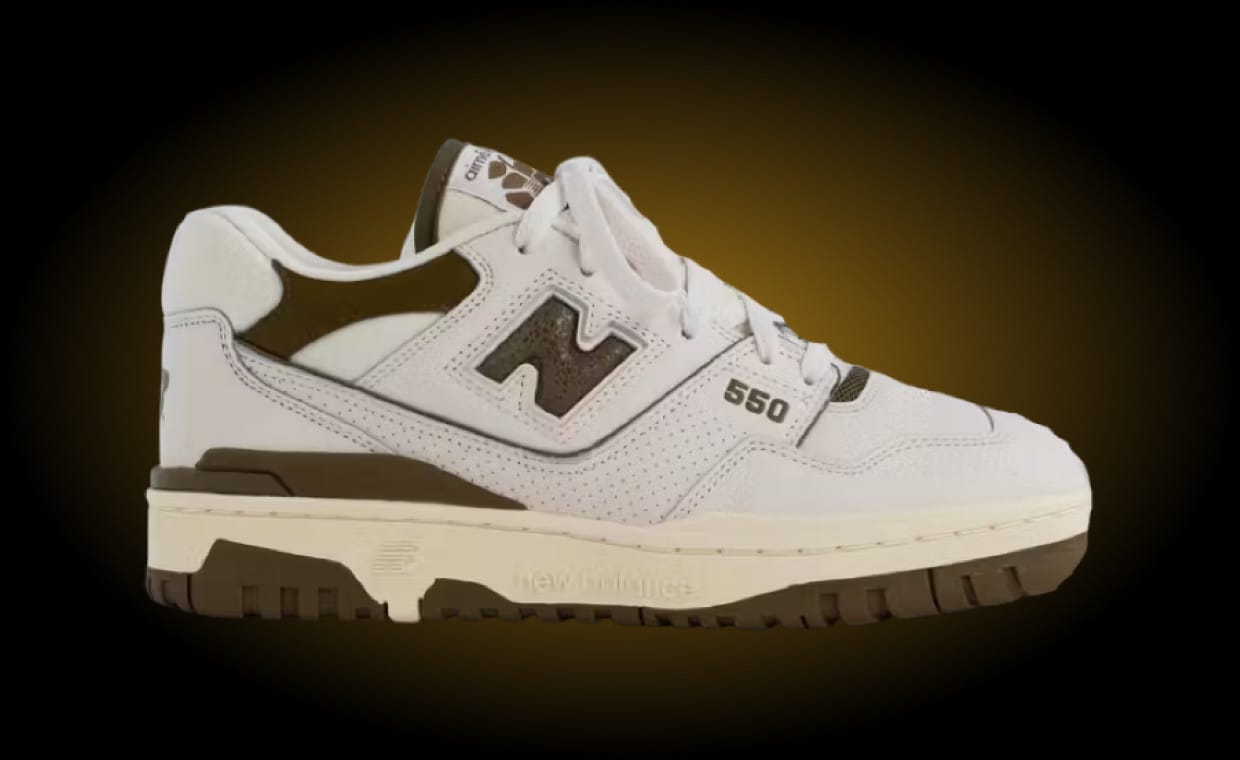Can the Nike Roshe Rise Again After Such a Dramatic Fall?
Published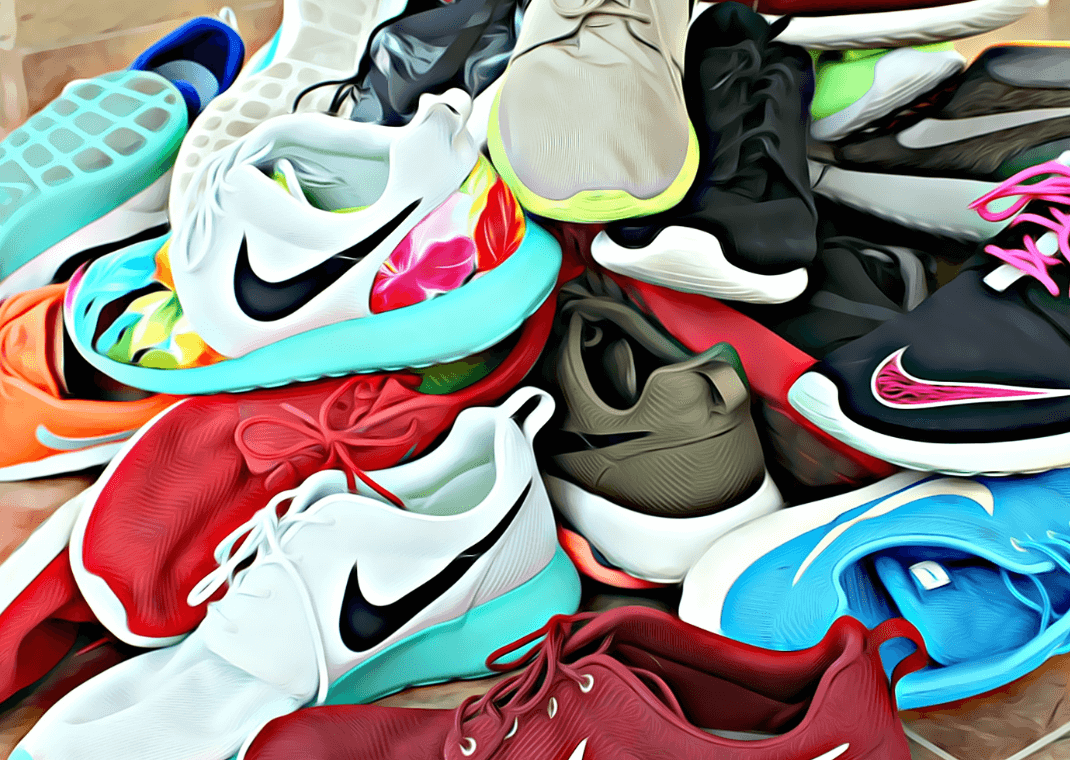
The Nike Roshe Run may just lay claim to the ignominious title of most memed sneaker of all time.
Now known as the Roshe One, the silhouette debuted in 2012 and immediately stood out for its comfort, suitability for a wide variety of color schemes, and an affordable price point. As much as many may not wish to admit, sneakerheads did have a love affair with the Roshe for a nontrivial period of time.
What followed was perhaps the most dramatic turnabout for a sneaker we’ve ever seen. By the midway point of the decade, the Roshe became a laughing stock, shorthand for swaglessness and widely adopted by those blissfully unaware of the whims of sneaker culture. The Roshe was the top-selling sneaker in the world in 2014, according to Editd, and would remain in the top ten through 2016. In 2017, the top-selling shoe was the Nike Tanjun, a spiritual successor to the Roshe but one that thrived in a market completely detached from sneaker culture.
With rumors of Nike bringing back the Roshe this fall after a relatively short hiatus, the question is who exactly it’s for. Does Nike want to reclaim a stake for the Roshe amongst the crowd that enters its SNKRS app raffles each week? Or does it simply want to usher in the return of shoe that can do numbers without any notions of cool?
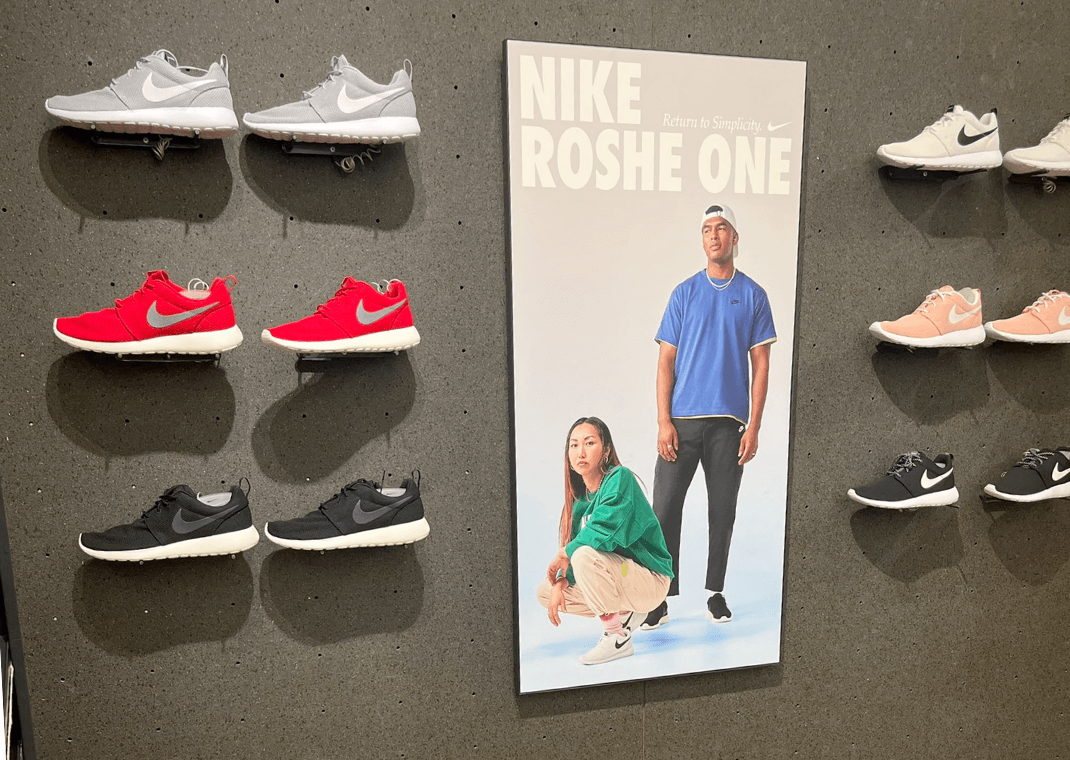
Even when it was introduced, the Roshe Run was an outlier for its simplicity. Unlike most new models released, and despite “Run” in the name, it wasn’t a performance sneaker. Designer Dylan Raasch told How To Make It in 2012 the concept of Zen and simplicity plays a big part in his life, and the name comes from the word “Roshi,” which is a title given to a Zen master. The Roshe was built using only what was absolutely necessary, with a single EVA foam sole unit sitting beneath an upper pared down with just quarter and heel support. The Swoosh even appeared as a heat-press, further enabling such a sparse exercise in stitching.
“On this design I only used technology if it made the shoe simpler,” Raasch said, “The outsole is the perfect example. All shoes have a cushioned midsole and rubber bottom for durability. I thought, what if you combine the two? I found a special EVA compound that is soft but supportive and has the durability of a soft rubber. Thus, I eliminated the need for rubber molds, and with a one-piece injection there was no outsole construction necessary, making it a greener manufacturing method.
The Roshe’s bid for simplicity helped drive down the original price to just $70. And as much as we may discuss the shoe’s dropoff, perhaps it’s a miracle that such a shoe was ever a hit at all. Typically, the only shoes priced similarly that resonate with the zeitgeist bear an element of history, such as the Converse Chuck Taylor or much of Vans’ lineup.
Russ Bengtson, a longtime sneaker writer and former editor at Complex and Slam, says fatigue at the time over retro and collaborative releases may have played a role in the Roshe’s appeal. And if people felt overwhelmed by the volume of drops 11 years ago, they should be buried six feet deep in weariness today.
“It was a very basic thing at a time when people wanted something like that, even if they didn’t realize it,” Bengtson tells Sole Retriever. “It was kind of an even simpler version of the Free Run, which also had a moment before that.”
Jokes at the Roshe’s expense would come because of its very success. After taking hold with the bonafide sneakerhead crowd, the Roshe was adopted by a much wider and less discerning audience. As fickle as it may sound, sneakerheads tend to fall out of love with a shoe when outsiders start wearing it. We’ve seen it time and time again, be it with the Nike Dunk Low “Panda” and its embrace by seemingly every basic white girl or, to a lesser extent, when Kanye West made good on his promise of “Yeezys for everyone.”
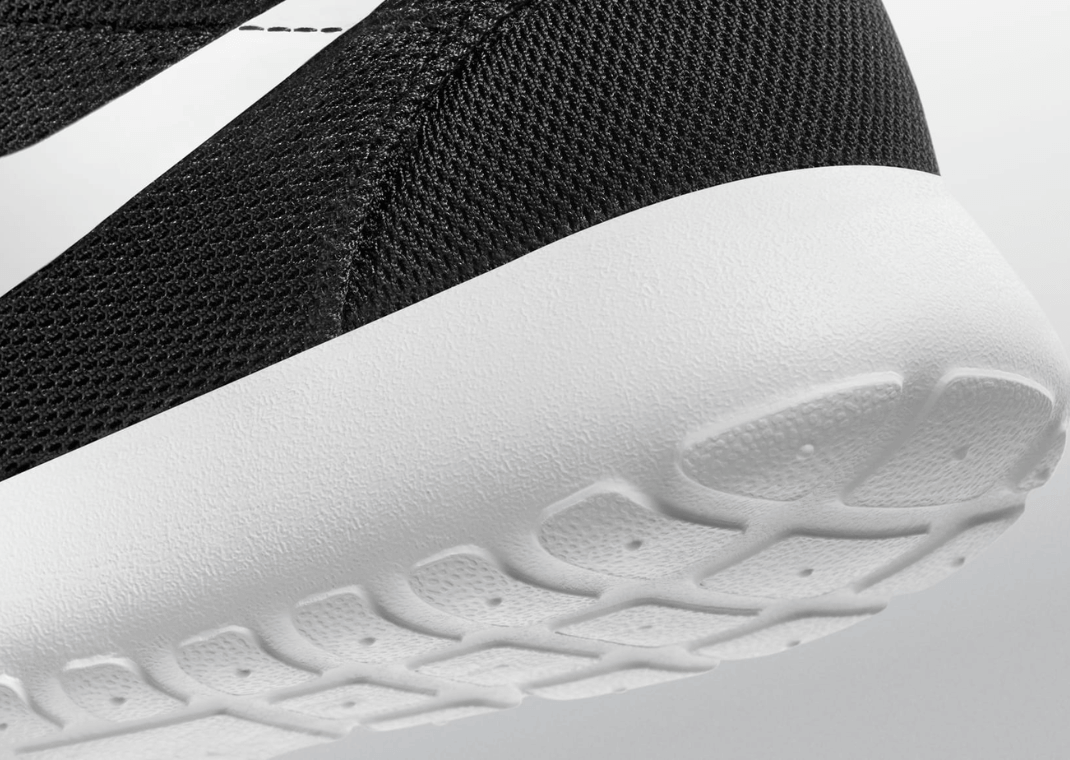
Four Pins, the now-defunct fashion blog founded by Lawrence Schlossman under the Complex umbrella, was perhaps the most merciless and prolific roaster of the Roshe at the midway point of the decade. While admitting that he, too, took part in the first life of the Roshe, he’s just as unflinching today about the prospect of its return.
"I have to think that when [Nike] pre-heat[ed] the Roshe machines, it was at the height of Allbirds fever,” Schlossman said in a recent episode of his Throwing Fits podcast, invoking another sneaker that’s become widely clowned on. “The only person that I see falling for Roshe mania is the guy that would be wearing Allbirds."
It’s no coincidence that several core models from Allbirds, which was founded in 2016, heavily resemble the Roshe. The original’s simplicity makes it easy to copy, and the Roshe practically presented an audience of non-sneaker sneaker people to whom Allbirds can pander. Even the adidas Yeezy 350 carries a distinct throughline to the Roshe. West himself isn’t shy about admitting it.
“When me and Virgil [Abloh] used to go and intern with Giuseppe Zanotti, and he was teaching us how to design shoes and everything, we would be in the airport and we saw this shoe by Nike called the Roshe,” West said in a 2020 interview with Nick Cannon. “It was the No. 2 selling shoe that Nike had — No. 1 is the Monarch, which is the main dad shoe. This is before dad shoes became cool. I looked at that Roshe, and I said, ‘I need to replace that shoe,’ and now when you go to the airport you definitely see 350s, and you don’t really see the Roshe anymore.”
The dad shoes landing among the in-crowd today tend to be more technical runners, be they the Salomon XT-6, one of New Balance’s many offerings, or the Nike Zoom Vomero 5. Although there does remain an audience for the Yeezy 350, it’s one more distinct from the capital-f Fashion crowd and one stubbornly unwilling to hop off the Ye train as its pummels through antisemitism and numerous other problematic areas.
A crowd of young sneakerheads exist who won’t remember anything about the Roshe, but it’s hard to imagine they’ll repeat the history of older heads. Much remains to be seen about how Nike will roll out Roshe this fall and what its goal posts are for success. If the brand is aiming for the same people entering draws for Travis Scott collaborations and the like, it’s hard to see how NIke can succeed. But if the Swoosh is aiming for dads who shop at Famous Footwear or tech bros incorporating Allbirds into business casual, there shouldn’t be as many obstacles.
Not everything Nike does is for the blog writers and readers — after all, it sells heaps of Monarchs — and perhaps the brand never really intended for us to pick up on the Roshe revival in the first place. Eleven years after its debut, the Roshe and its return may just be none of our business, and that’s probably for the best for all parties involved.
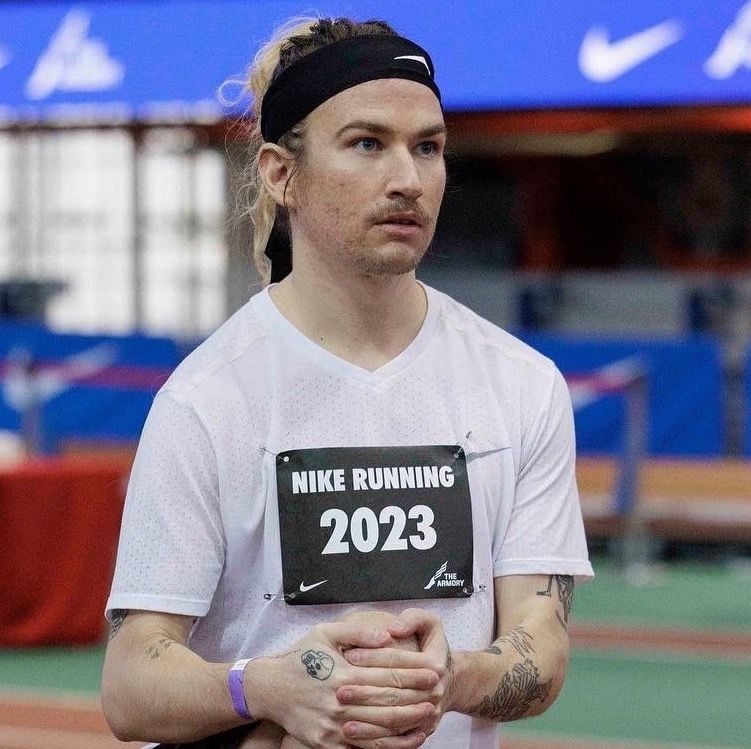
Ian Servantes is a writer and editor based out of Brooklyn. He's previously covered fashion, sneakers, and pop culture for outlets including Input, Highsnobiety, and Complex.
